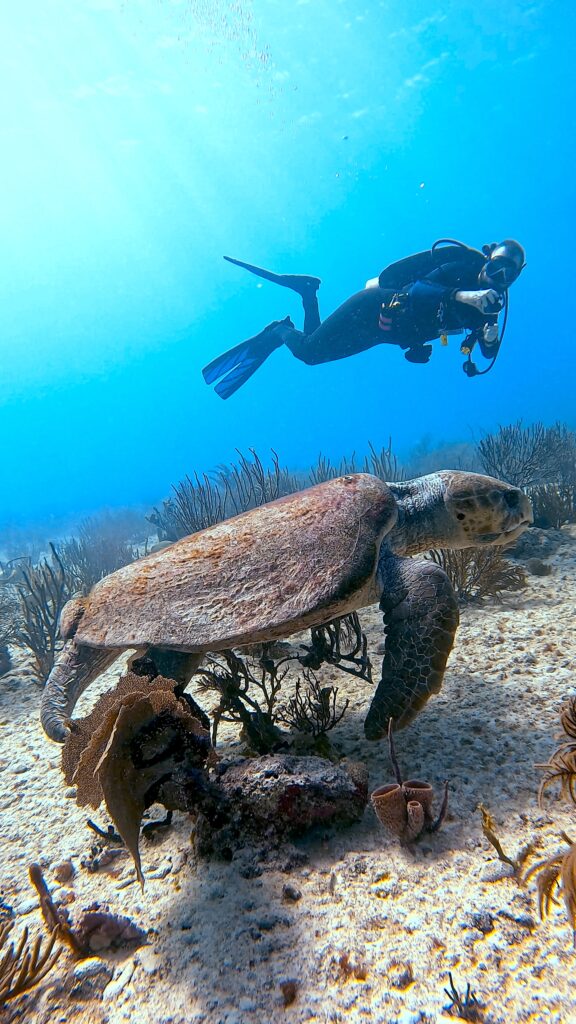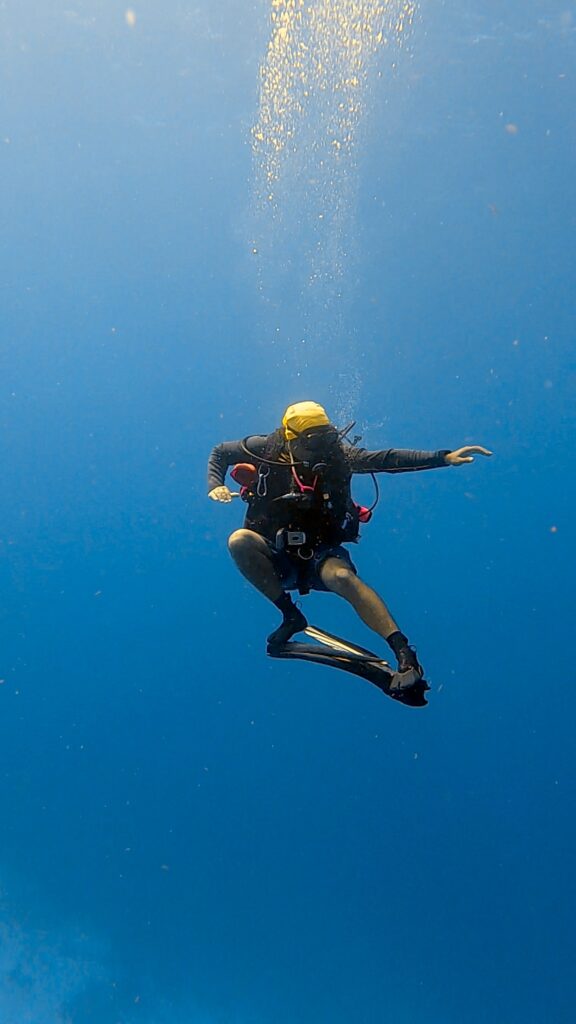Exploring the depths of the ocean is a thrilling experience, but it comes with its own set of challenges. One essential piece of equipment that can make or break your underwater adventure is your dive mask. Not only does it enhance your vision underwater, but it also ensures your comfort and safety. With so many options available in the market, selecting the perfect dive mask can be overwhelming. Fear not! In this guide, we’ll dive into the key factors to consider when choosing your ideal dive mask.
Fit and Comfort:
The most crucial aspect of any dive mask is how well it fits your face. A mask that doesn’t seal properly can lead to leaks and discomfort underwater, ruining your dive experience. Look for a mask that creates a snug yet comfortable seal around your nose and eyes. It should sit securely on your face without feeling too tight or too loose. Consider trying on different sizes and styles to find the perfect fit for your face shape.
Material and Durability:
Dive masks are typically made from either silicone or rubber. Silicone masks are preferred for their flexibility, durability, and hypoallergenic properties. They also provide a better seal and are less likely to degrade over time compared to rubber masks. Additionally, opt for a mask with tempered glass lenses, as they are more resistant to scratches and shattering, ensuring clear vision underwater and enhancing safety.
Lens Type:
When it comes to lenses, you have several options to choose from, including single lens, twin lens, and panoramic lens masks. Single lens masks offer a wider field of vision and reduce the obstruction in your line of sight, providing a more immersive experience. Twin lens masks, on the other hand, offer better depth perception and are preferred by some divers for their compact design. Panoramic lens masks provide the widest field of vision, allowing you to take in more of the underwater scenery.
Volume Design:
Next you need to decide if you want to opt for a low volume design or a high volume design.
Low-volume dive masks sit closer to your face, minimizing airspace between the lens and your eyes and nose. They’re preferred for freediving and spearfishing due to:
- Ease of Equalization: Less airspace makes it easier to equalize pressure, crucial for rapid descents.
- Efficient Water Clearance: With less space, it’s easier to clear water from the mask, essential for maintaining visibility.
- Energy Conservation: Low-volume masks require less effort, conserving energy and allowing longer dives.
High-volume masks, with more airspace, offer:
- Comfort: They provide a spacious fit, ideal for divers with larger faces.
- Wider Field of Vision: More airspace means a broader view, enhancing the diving experience.
- Potential for Fogging: However, they may be more prone to fogging, but anti-fog treatments can help.
Additional Features:
Look for additional features that can enhance your diving experience, such as adjustable straps for a customized fit, built-in purge valves for easy clearing of water, and integrated prescription lenses for divers with vision correction needs. Some masks also come with anti-fog coatings or inserts to prevent fogging, ensuring crystal-clear visibility throughout your dive.
Your dive mask is your window to the underwater world, so choosing the right one is essential for a safe and enjoyable diving experience. By considering factors such as fit, material, lens type, design, and additional features, you can find the ideal dive mask that suits your preferences and enhances your adventures beneath the surface. So, gear up, dive right in, and explore the wonders that lie beneath the waves with confidence and clarity!



